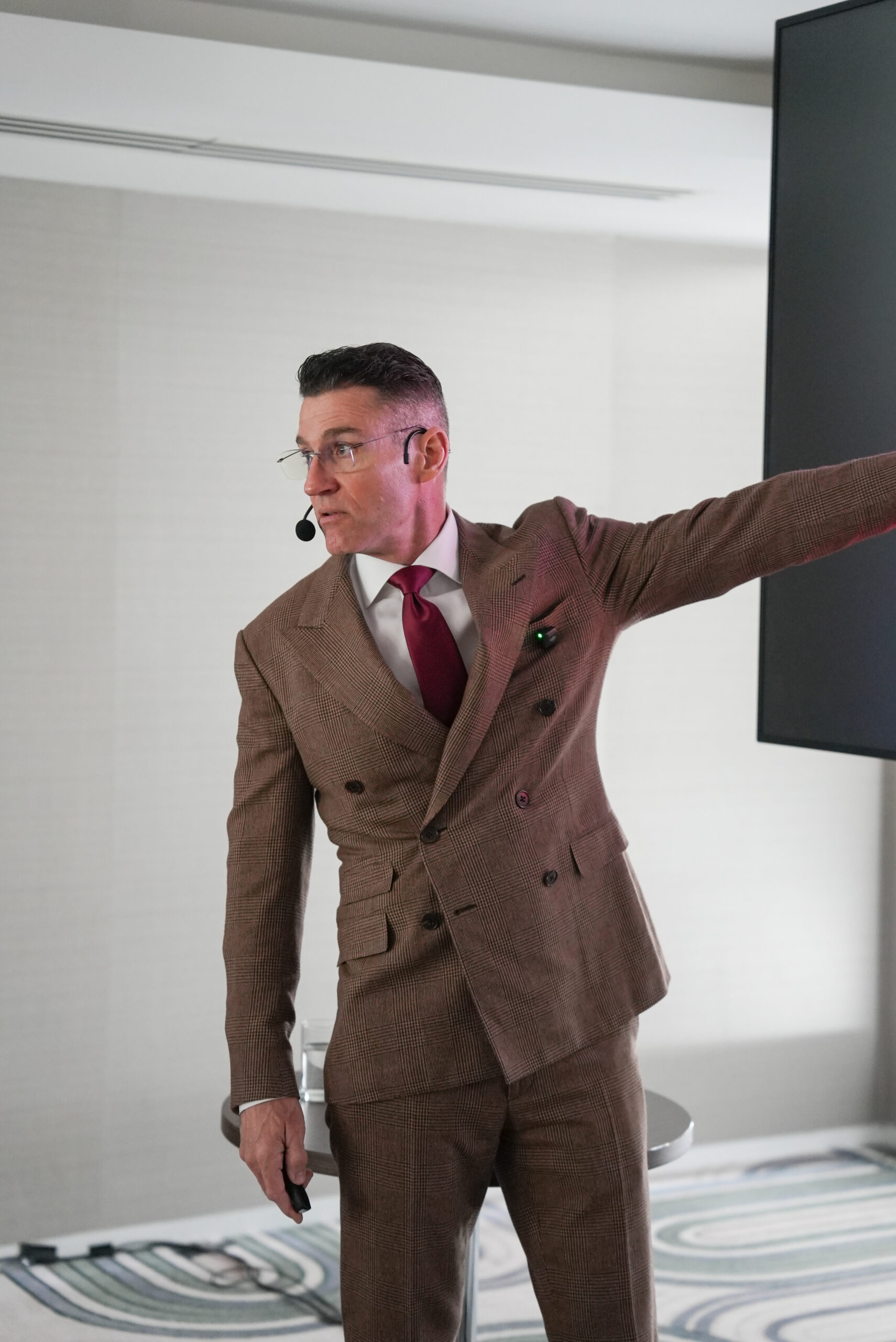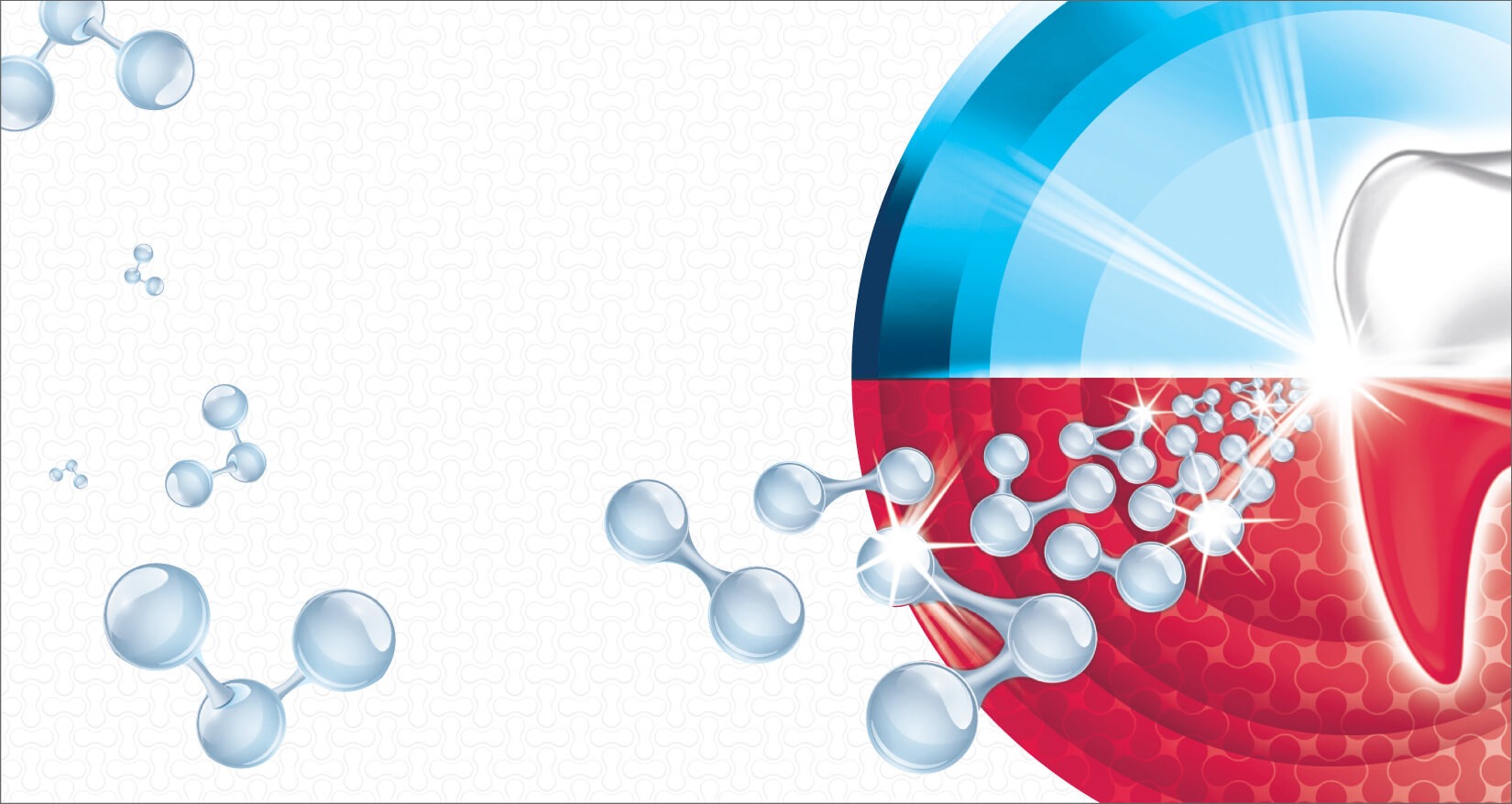
A review of Dr Robert Stanley’s implantology masterclass, hosted by BioHorizons Camlog
Blending the worlds of engineering and physics with oral surgery and implantology, Dr Robert Stanley – co-founder and senior instructor at the Stanley Institute – recently presented an implantology masterclass, proving a passionate presenter with a flair for engaging his audience. Unafraid to buck trends and question the status quo, he shared a wealth of thought-provoking ideas with insights into their real-life application.
Indeed, from NASA to the dental surgery, Dr Stanley has accrued diverse experiences as an engineer and later a dental clinician that afford him a unique perspective on the patient care he delivers. The two-day programme demonstrated what he looks for in an implant system from a mathematical standpoint, as well as exploring the types of prostheses that enhance patient outcomes. A particular spotlight was placed on the cleansability of implant-retained dentures provided as part of full arch rehabilitation, as well as the long-term implications and potential for future treatment.
The ultimate goal was to help attendees lower the risk of complications while enhancing treatment outcomes. Here were some of the key takeaways …
Longevity levelling
To avoid the negative reputation often associated with bone reduction, Dr Stanley has coined the term “longevity levelling” as an alternative. The concept is still about levelling the bony ridge to facilitate a flat tissue surface for the prosthetic to seat on, but it does so while protecting the horizontal bone volume. The motivation for a name change was in response to a hesitation to reduce bone – an attitude which, Dr Stanley emphasised, is not at all shared by colleagues in orthopaedics. Dr Stanley proved the point by showing cases where a full arch of implants had failed due to patient factors, were removed and then replaced with even more.
Guided surgery
Advocating for a digital workflow, Dr Stanley encouraged clinicians to streamline their workflows with fewer steps for denture fabrication, for example. Guided surgery also featured heavily, with real-life cases demonstrating the accuracy and predictability of implant placement using guides. There was also a good argument well-made for aiding future treatment, with the guided workflow providing an exact record of where implants are located. As the pioneer of the IMS methods (Implants Made Simple), this reflected Dr Stanley’s overall approach to implantology.
A question of literature
Despite relying heavily on engineering principles and mathematical formulas, the masterclass highlighted a lack of useful clinical literature in the field. Dr Stanley shared some recent studies of note, but remained open and honest about the fact that some of his concepts won’t be found in the existing literature. The reasoning was that implantology has evolved rapidly in recent decades, meaning that 20-year, 10-year and even 5-year case follow-ups are assessing implant designs and placement techniques that are no longer used. Many lacked modern materials, digital workflows and guided surgery, all of which have a significant impact on the long-term outcomes achieved.
FP1/2 vs FP3
Dr Stanley had a clear preference for FP3 devices being the more easily cleanable for patients, suggesting that very few clinicians are placing true FP1 prosthetics due to inherent strength insufficiencies of the design. This he quantified by using a number of mathematical formulas and engineering concepts, explaining in easy-to-understand terms why and where mechanical weakness existed within dental prostheses. The take home message was that a higher number of embrasures meant more stress concentrators and a greater potential for the prosthetic to fracture. He described FP3 designs as “the workhorse of my practice” because they are mathematically 22 times stronger than FP1 alternatives.
Implant design
In addition to exploring prosthetic design and shedding light on the mechanical weaknesses of dentures, Dr Stanley did the same with a very thorough assessment of implant design. From thread pattern to material choice, shape, surface and more, every inch of the humble implant was evaluated in detail. This provided an excellent opportunity to officially introduce the brand-new Tapered Pro Conical implant from BioHorizons Camlog, which has brought together the best of everything BioHorizons and Camlog had to offer respectively. Its grade 23 titanium, reverse buttress thread, deep conical connection and laser-lok® surface treatment all contribute to high primary stability, exceptional aesthetics and ease of placement for an efficient professional workflow. Designed for immediacy but suitable for various workflows, the Tapered Pro Conical is built for longevity and aesthetics.
Reducing risk
Throughout the entire masterclass, Dr Stanley consistently returned to the same point that clinicians should always be looking to drive the risks associated with treatment down. From using a high-quality implant, to taking a fully guided approach or ensuring a strong prosthetic design, it is clear that every individual clinical decision is critical in lowering the chance of complications.
Stating that “implants are not a commodity”, Dr Stanley was keen for colleagues to choose their implant systems, materials and technologies based on their proven merits, not based on price. For the very best results, high quality implants must be combined with correct implant location, treatment must be guided and immediacy protocol followed where appropriate. He presented success in dental implantology as a method that can be replicated time and time again – clinicians must simply follow the right steps.
For more information on the innovative Tapered Pro Conical implant from BioHorizons Camlog, please visit https://theimplanthub.com/taperedproconical/













